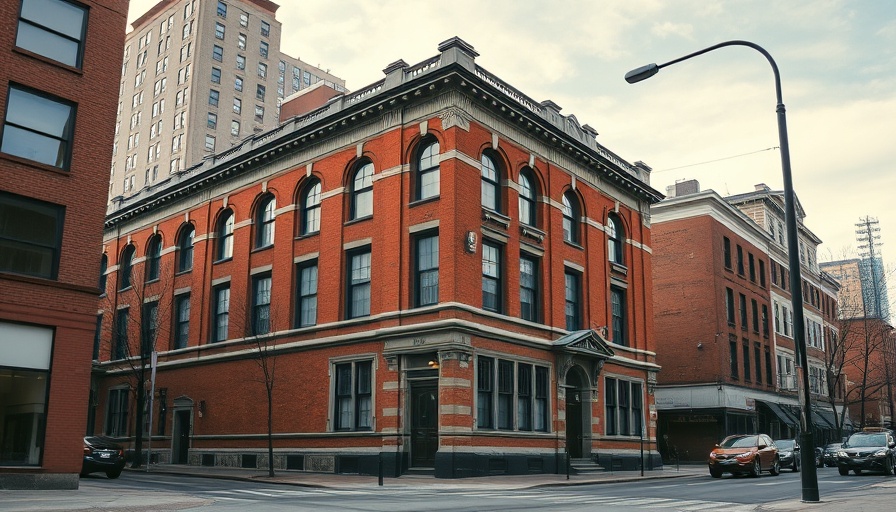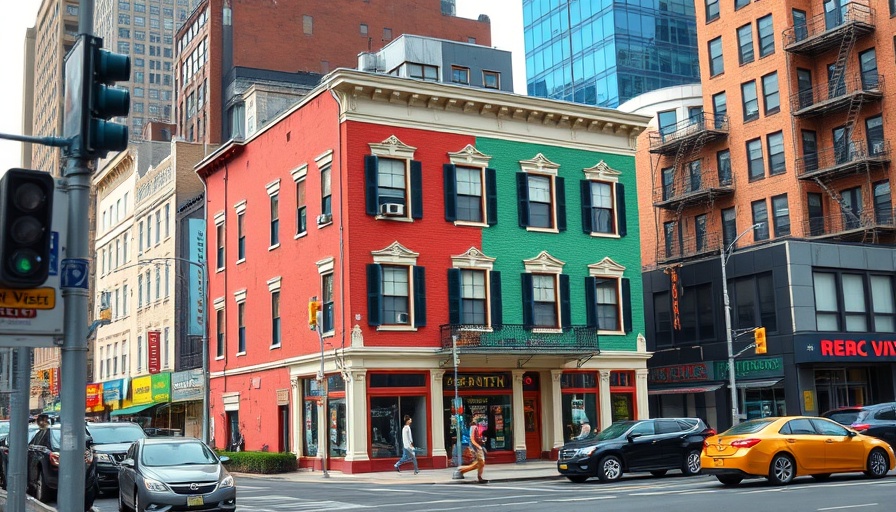
A Transformed Legacy: From Library to Cultural Hub
The Astor Library, founded by John Jacob Astor in 1848, was a pioneering establishment that paved the way for intellectual access in New York City. Initially a reference library with a vast collection of books, it became the first of its kind in the nation, reflecting the burgeoning democratization of knowledge. However, the building's journey took a remarkable turn.
The Visionary Steps of Joe Papp
In 1964, the Astor Library faced demolition, yet Joseph Papp, a celebrated figure in American theater, saw potential in the crumbling structure. Recognizing that theaters of the public were scarce, Papp aimed to transform this historic site into a thriving hub for performing arts. His initiative coincided with the preservation movement in New York City, championed by artists and civic leaders, which was beginning to reshape the city's landscape.
An Architect’s Dream
Working with architect Giorgio Cavaglieri, Papp successfully repurposed the library into the Public Theater, which officially opened in 1966. This transformation not only preserved a crucial slice of New York's architectural history but also created a multifaceted venue featuring multiple theaters and collaborative spaces. The building stands today as a testament to both theater and architectural preservation, welcoming diverse audiences for nearly six decades.
A Cultural Renaissance
The shift from library to theater highlights a significant cultural discourse in urban development. In a city known for its relentless pace and ever-changing skyline, such adaptations ensure that historical significance is not lost but rather infused with contemporary relevance. The Public Theater continues to be a cultural crucible, staging ground-breaking productions while remaining committed to accessibility and community engagement.
Why This Matters Today
New York's rich cultural tapestry relies on spaces that honor its past while innovatively addressing current societal needs. Understanding the history of the Astor Library’s evolution can inspire modern urban development, encouraging a balance between preservation and progress. As communities continue to advocate for public spaces that promote art and dialogue, projects like the Public Theater serve as exemplars of artistic resilience and civic duty.
With this in mind, visiting the Public Theater can enrich not only your knowledge of the performing arts but also deepen your appreciation for the historical frameworks that shape New York City. Don't miss out on experiencing the cultural dynamism that the Astor Library has transitioned into; it’s more than a theater – it’s a celebration of creativity and community.
 Add Row
Add Row  Add Element
Add Element 



 Add Row
Add Row  Add
Add 
Write A Comment